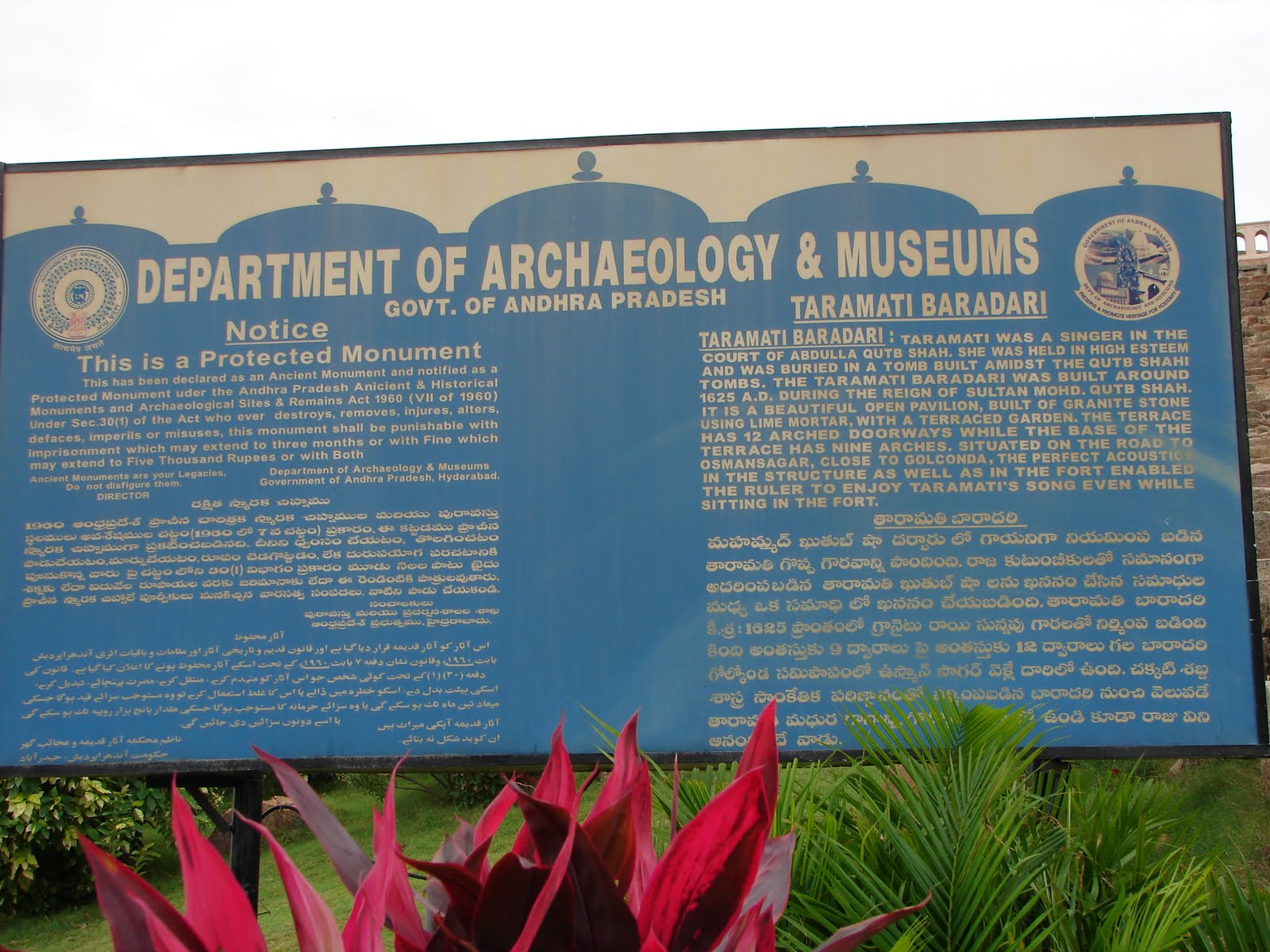Monday, November 30, 2009
About my trip to Shimla.
Saturday, November 28, 2009
Lovely Lonavala.
Thursday, November 26, 2009
Taramati Baradari, Hyderabad.
Monday, November 23, 2009
Family Picnic of 22nd November 2009.
Thursday, November 19, 2009
Our Kodaikanal trip.

Wednesday, November 18, 2009
Reminiscing, Ooty.
Monday, November 16, 2009
Shanti Mantram.
This is another Mantram I recite often. It is also the third and last of
the three Mantras we recite at our community gatherings. The first two, Gayatri
Mantram and Mrityunjaya Mantram I have discussed in my previous articles.
Shanti means Peace and Shanti Mantram is for Universal peace. Shanti Mantras
are recited at religious ceremonies and the beginning of cultural, educational
and business programs and for that matter by anyone and at any gathering.
Chanting any Shanti Mantram is to calm the mind of the person and the group
reciting it and the environment around them and to remove any obstacles and
hurdles ahead of them. There are a number of Shanti Mantras from the Vedas.
However, the most commonly recited Shanti Mantram is from the Katha Upanishad,
Shvetashvatara Upanishad and Taittiriya Upanishad:
“OM Sahanaa Vavatu
Sahanau Bhunaktu
Saha Veeryam
Karavaavahai
Tejasvinaavadheetamastu
Maa Vidvishaavahai
OM Shanti Shanti Shanti”
The literal meaning of this Mantra is: “OM let all of us protect each
other together, may all of us enjoy together, may all of us work together and
let our study become radiant. Let there be no hatred between us, OM Peace Peace
Peace.”
Like many Mantras, this Mantra also begins with OM. The Amrita Bindu
Upanishad states that “The imperishable sound OM is the supreme Absolute”. OM
also spelled AUM is considered sacred and the greatest of all Mantras. The
syllable OM is composed of the three sounds A-U-M and in Sanskrit, the vowels
A-U combine to become O. AUM’s threefold nature is central to its meaning. It
represents several triads, the three worlds – Earth, Atmosphere and Heaven, the
three Main Hindu Gods – Brahma, Vishnu and Shiva and the three Vedic scriptures
– Rig Veda, Yajur Veda and the Sama Veda. Thus OM mystically embodies the
essence of the entire Universe. This meaning is further deepened by the belief
that God first created sound and the Universe arose from it. As the most sacred
sound, OM is the root of the Universe and everything that exists and it
continues to hold everything together.
Shanti Mantras always conclude with Shanti repeated thrice; as “OM
Shanti Shanti Shanti”. This is for calming and removing obstacles in three
realms – adhyatmika, adhibhautika and adhidaivika.
The first Shanti pertains to the Internal or adhyatmika realm
- the source of troubles and obstacles arising out of our own body and mind,
such as pain, disease and other physical issues like laziness and
absent-mindedness.
The second Shanti pertains to the Physical or adhibhautika realm
– the source of troubles and obstacles from the external world, such as people,
wild animals and natural calamities.
The third Shanti pertains to the Divine or adhidaivika realm
– the source of troubles and obstacles from the extra-sensory world and
spiritual factors including our own Karma.
These are called “Tapa-Traya” or three classes of troubles. When
Shanti Mantras are recited, obstacles from all these sources of disturbance are
believed to be pacified.
Saturday, November 14, 2009
Mrityunjaya Mantram.
At our community’s cultural and social meetings we commence the
programs with an invocation; by reciting Gayatri Mantram followed by
Mrityunjaya Mantram and then the Shanti Mantram. In my previous post, I wrote
about my introduction to Gayatri Mantram at my Upanayanam ceremony and the
regular chanting of it by me since then. In this article, I am writing briefly
about yet another very beneficial and popular Mantram called the Mrityunjaya
Mantram.
Mrityu means Death and Jaya means Victory, so Mrityunjaya means
victory over death. The Mrityunjaya Mantra and its meaning are explained in the
above poster. Hindus and Buddhists believe and have experienced that chanting
this Mantra would rejuvenate, and bestow health, wealth, longevity, happiness,
peace and prosperity. Recitation of this Mantra is believed to protect one from
all evil, negative forces, accidents and misfortunes. It is said to have strong
healing power and would cure even those suffering for long with diseases
declared incurable.
Mrityunjaya Mantra can be chanted at any time and at any place but preferably in a good environment. It can be chanted aloud or silently within oneself, and if done so with utmost faith, sincerity and devotion it would be most beneficial.
Thursday, November 12, 2009
Gayatri Mantram.
Tuesday, November 10, 2009
Enjoying chilly weather at Hyderabad.
Sunday, November 8, 2009
Taj Mahal - A monument of beauty and love.
Where Have the Birds Gone, from Srilekha?
Where have the birds gone, from Srilekha? Their wings, once vibrant, are now silent in flight, The birdbaths, forlorn, yearn for their c...



















































